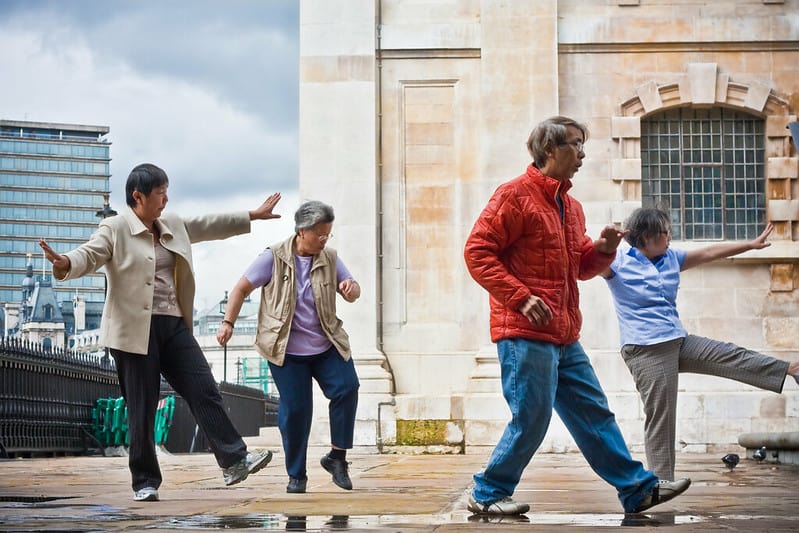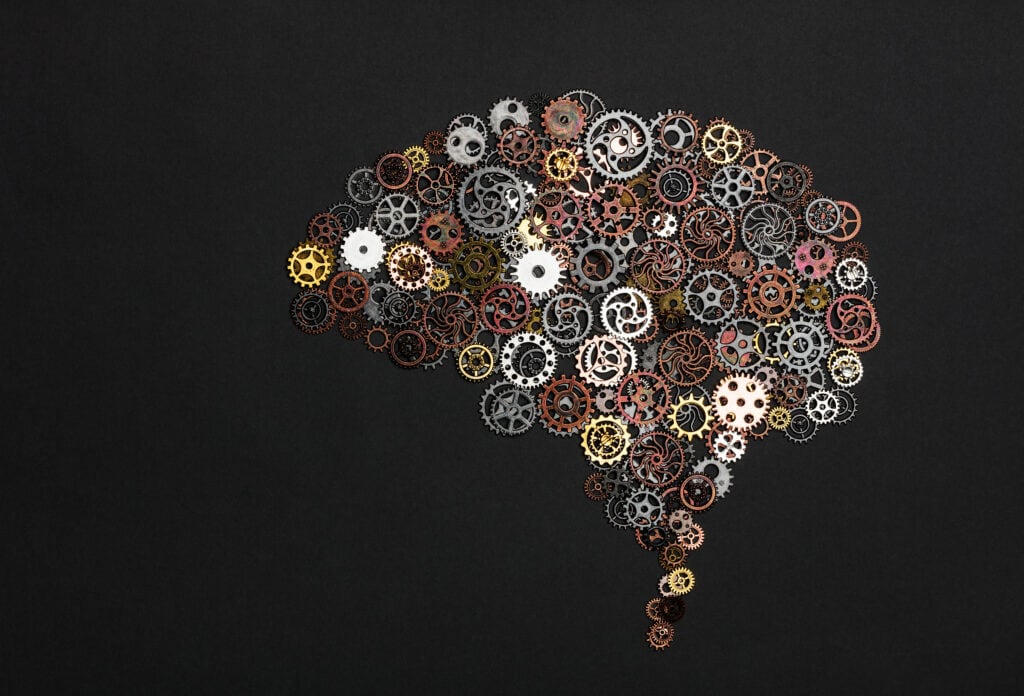
Changing patterns of movement
for a pain-free life

Rolfing® is more than a way of working with muscles and deep connective tissue.
It is a way of changing deep set patterns of posture, movement and tension through manipulation and movement re-education. By releasing the holding patterns in the tissue and nervous system, the root causes of your symptoms, your body can be freed to find an easier, pain-free way to move through your daily activities. Rolfing is an effective approach to address the after-effects of accidents and injuries, for chronic neck, back and joint pain, for poor posture, tension and anxiety. Rolfing can also be a valuable tool for deepening your practice of yoga, martial arts or Tai Chi, as well as for improving athletic performance.

Classes & Workshops
Offered virtually and in-person. Each session includes embodiment practices that give you tools to use for yourself and your clients, as well as case studies, presentations, and discussion of concepts to help you ground theory in practice.

1:1 sessions
Aline offers individual Rolfing sessions, as well as the basic 10 series—Ida Rolf’s original progression—and advanced work. Each session combines structural work with perceptual education. Call or email Aline to book or get more information.

New book
Coming soon: Reimagining the Body, an embodiment curriculum for the 21st century. Sign up to receive email updates on book information, where to purchase and related events. You can also read excerpts from a few chapters here.
“Strength that has effort in it is not what you need; you need the strength that is the result of ease.”
- Ida Rolf

PI at MIT
The physical intelligence initiative represents an innovative approach to physical education designed to make PE a more integral and vital part of MIT education. The core curriculum takes an experiential approach that leads to an understanding/appreciation for the intelligence of the human organism in motion.
Hubert Godard Study Group
A private study group for individuals interested in learning more about Tonic Function and Hubert Godard’s perspective.



